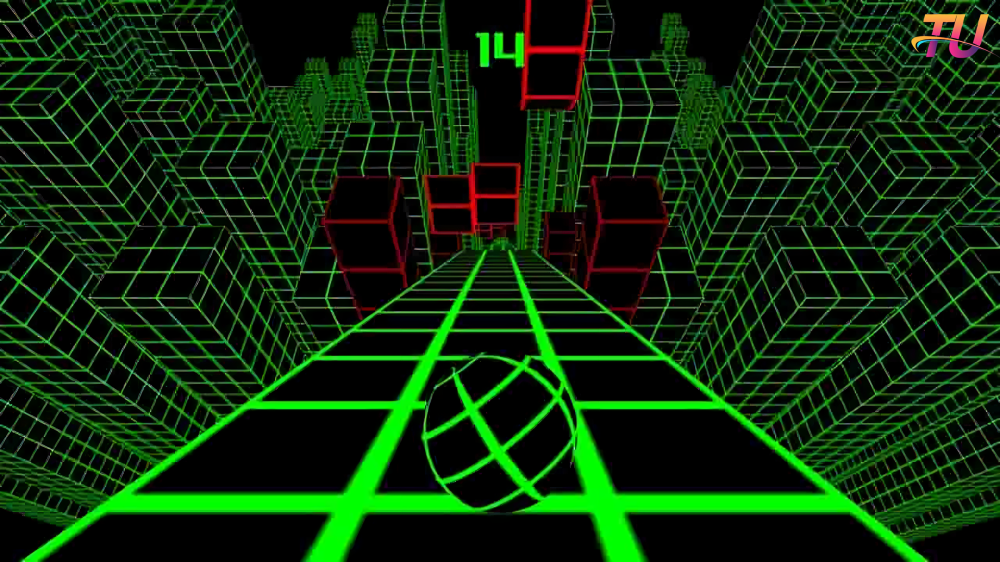The Comprehensive Guide to Geometry Spot

Geometry is a crucial branch of mathematics that plays a significant role in various fields such as architecture, engineering, art, and everyday life. Among the different areas within geometry, the concept of a Geometry Spot has gained popularity. In this article, we will explore the intricacies of Geometry Spots, their applications, and how they can enhance understanding in geometric principles.
Understanding Geometry Spots
What is a Geometry Spot?
A Geometry Spot is a designated area or point where specific geometric concepts and principles can be observed or applied. These spots can range from physical locations where geometric shapes are prominent, such as parks with sculptures, to digital platforms that offer interactive geometric learning experiences. Geometry Spots serve as practical learning tools, allowing students and enthusiasts to engage with geometric concepts in real-world contexts.
Importance of Geometry Spots in Education
Geometry Spots play a pivotal role in education, particularly in mathematics. They provide tangible examples of abstract concepts, helping students visualize and understand complex theories. By interacting with Geometry Spots, learners can:
- Enhance spatial awareness: Understanding the relationship between different shapes and their dimensions.
- Foster critical thinking: Encouraging problem-solving skills through real-world applications.
- Encourage collaborative learning: Working in groups to explore and discuss geometric concepts fosters teamwork and communication skills.
Exploring Geometry Spots in Real Life
Geometry in Architecture
Architecture is a prime example of geometry in action. Buildings, bridges, and monuments often showcase various geometric shapes and principles. Notable Geometry Spots in architecture include:
- The Parthenon in Greece, which exemplifies the use of symmetry and proportion.
- The Guggenheim Museum in New York, renowned for its spiral design that challenges conventional geometric forms.
These locations not only serve as stunning visuals but also as practical examples of geometric principles in design and structure.
Geometry in Nature
Nature is filled with geometric patterns that can be found in everything from the arrangement of leaves to the structure of crystals. Noteworthy Geometry Spots in nature include:
- Sunflowers, which exhibit the Fibonacci sequence in their seed patterns.
- Honeycombs, showcasing hexagonal arrangements for optimal space efficiency.
Studying these natural Geometry Spots allows students to appreciate the beauty of mathematics in their environment.
Interactive Geometry Spots in Technology
Educational Software and Apps
With the rise of technology, numerous educational platforms offer interactive Geometry Spots. These digital resources provide engaging ways to explore geometric concepts. Popular examples include:
- GeoGebra: A dynamic mathematics software that allows users to create and explore geometric constructions interactively.
- Khan Academy: Offers a comprehensive curriculum with videos and exercises focused on geometry.
These platforms enhance learning by providing instant feedback and opportunities for self-paced exploration.
Virtual Reality (VR) and Augmented Reality (AR)
Emerging technologies such as VR and AR are transforming the way geometry is taught. By immersing students in a 3D environment, these technologies offer:
- Interactive experiences: Allowing users to manipulate geometric shapes and visualize complex concepts.
- Enhanced engagement: Making learning more enjoyable and memorable.
For instance, applications like Google Expeditions provide virtual field trips to famous geometric landmarks, bridging the gap between theory and practice.
Applications of Geometry Spots in Various Fields
Engineering and Design
In engineering, Geometry Spots are essential for creating functional and efficient designs. Whether it’s in civil engineering for constructing safe bridges or in mechanical engineering for designing intricate machinery, geometry underpins these processes. The application of geometric principles ensures precision and effectiveness in engineering solutions.
Art and Aesthetics
Artists often draw inspiration from geometric forms. From M.C. Escher’s intricate designs to the minimalistic approach of modern artists, geometry serves as a foundation for creativity. Understanding Geometry Spots in art enables artists to explore symmetry, proportion, and perspective, enhancing their creative expressions.
Common Geometric Concepts Associated with Geometry Spots
Shapes and Their Properties
Understanding the properties of various shapes is fundamental in geometry. Common shapes include:
- Triangles: Recognized for their strength and stability.
- Circles: Representing infinity and continuity.
- Polygons: Multi-sided shapes with various properties.
Each shape has unique characteristics that can be explored at various Geometry Spots.
The Pythagorean Theorem
The Pythagorean Theorem is a crucial principle in geometry, particularly concerning right triangles. It states that the square of the hypotenuse is equal to the sum of the squares of the other two sides. Geometry Spots that illustrate this theorem, such as right-angled triangles found in construction sites, can greatly enhance understanding.
Angles and Their Applications
Angles are a vital aspect of geometry, influencing design, navigation, and various fields of study. Understanding acute, obtuse, and right angles is essential in identifying relationships between shapes. Geometry Spots that feature angles, such as the corners of buildings or intersections in roadways, can provide practical insights into this concept.
FAQs
1. What is the significance of Geometry Spots in learning?
Geometry Spots provide real-world examples of geometric concepts, enhancing visualization and understanding. They encourage critical thinking and collaborative learning among students.
2. How can technology enhance the exploration of Geometry Spots?
Educational software, apps, and immersive technologies like VR and AR create interactive experiences that engage learners, making geometric principles more accessible and enjoyable.
3. Can Geometry Spots be found in nature?
Yes, nature showcases numerous Geometry Spots, such as the Fibonacci sequence in sunflowers and hexagonal patterns in honeycombs, illustrating the beauty of mathematics in the environment.
4. How do Geometry Spots relate to architecture?
Many architectural designs incorporate geometric principles, showcasing symmetry and proportion. Notable buildings serve as real-life examples of these concepts.
5. What role does the Pythagorean Theorem play in Geometry Spots?
The Pythagorean Theorem is essential in understanding relationships in right triangles. Geometry Spots that illustrate this theorem help solidify its application in real-world scenarios.
Conclusion
Geometry Spots offer an innovative approach to understanding geometric principles through practical applications in various fields. By exploring these spots, learners can develop a deeper appreciation for the role of geometry in our lives. Whether through the lens of architecture, nature, or technology, the significance of Geometry Spot cannot be overstated. Engaging with these concepts not only enhances mathematical skills but also fosters creativity and critical thinking.



0 Comments